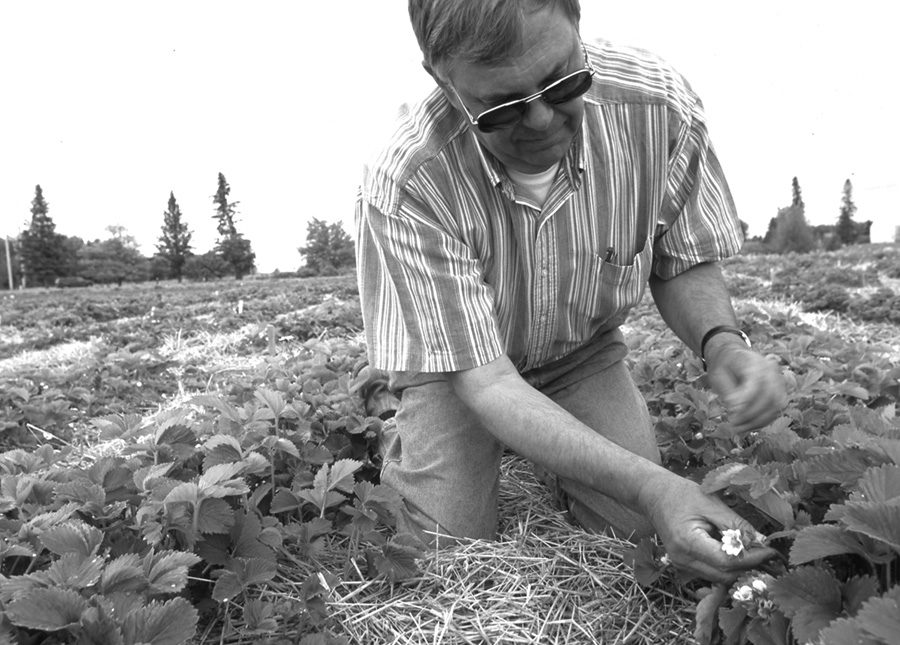No-Till Farmer
Get full access NOW to the most comprehensive, powerful and easy-to-use online resource for no-tillage practices. Just one good idea will pay for your subscription hundreds of times over.

Strawberries are a perennial crop and effective management of the plant beds has traditionally required annual tillage. However, Canadian and American strawberry growers, as well as researchers, have been successfully breaking out of the traditional confines with no-till.
Not only are growers using no-till to replace roto-tillers for annual renovation of strawberry beds, but some are even no-tilling new beds. The results are improved soil tilth, improved weed control, reduced labor, reduced machinery use, less equipment maintenance and improved bottom lines with no-till.
Bill Jacobson and his family raise 150 acres of apples and 16 acres of strawberries near White Bear Lake, Minn. Following strawberry harvest, Bill traditionally relied on a roto-tiller to narrow the 2-foot-wide strawberry beds down to a width of 10 inches.
Since strawberries reproduce vegetatively, annual bed renovation keeps fields from becoming a solid mat of unmanageable plants. The plants remaining in the narrowed and renovated row area send out runners that grow into new strawberry plants that create next season’s 2-foot-wide berry bed.
A strawberry bed can be renovated with no-till for three or four seasons before diseases and insects take their toll and the beds have to be tilled. A vigorous flush of weeds is also standard following each roto-tiller renovation.
“I got tired of stirring up the weed seeds with the roto-tiller,” says Jacobson. “Every time I did that, I experienced a new weed of the year. Sometime after renovation, I’d have to go in there and spray the weeds.”